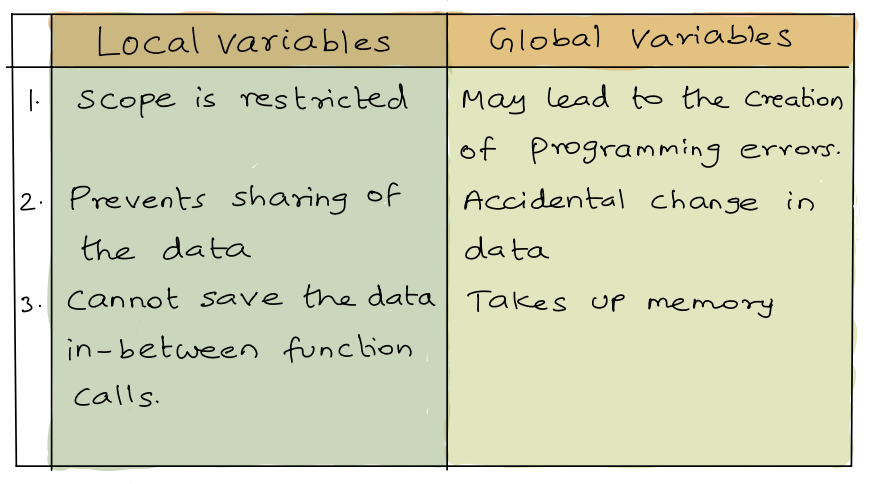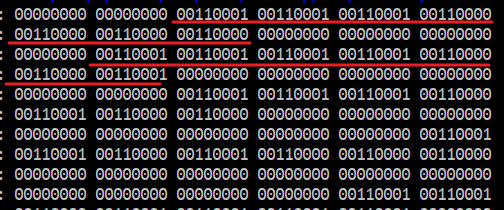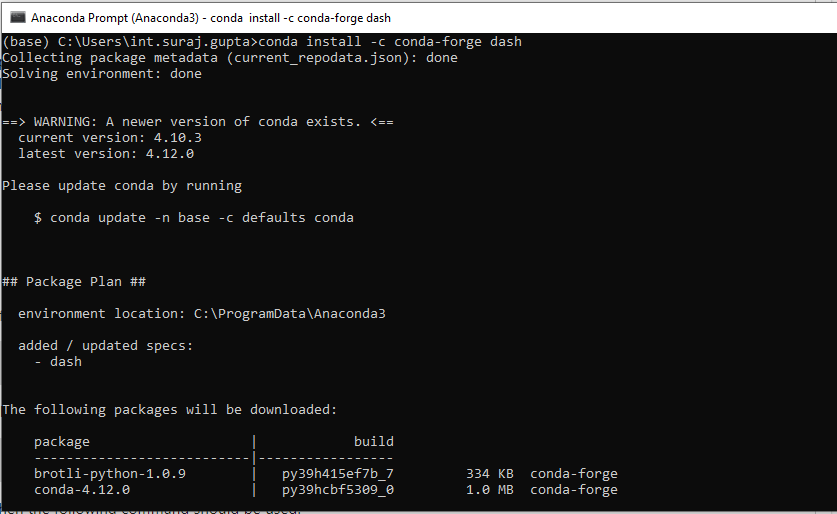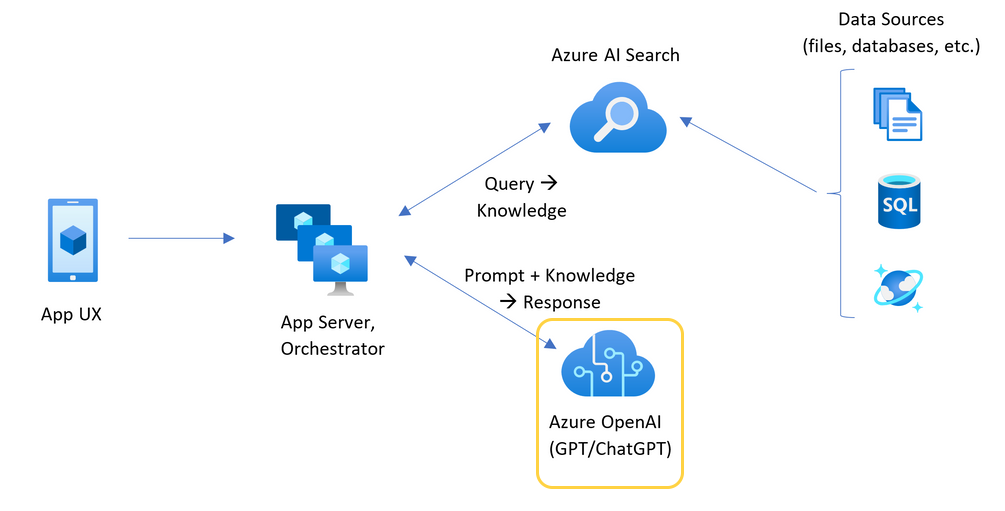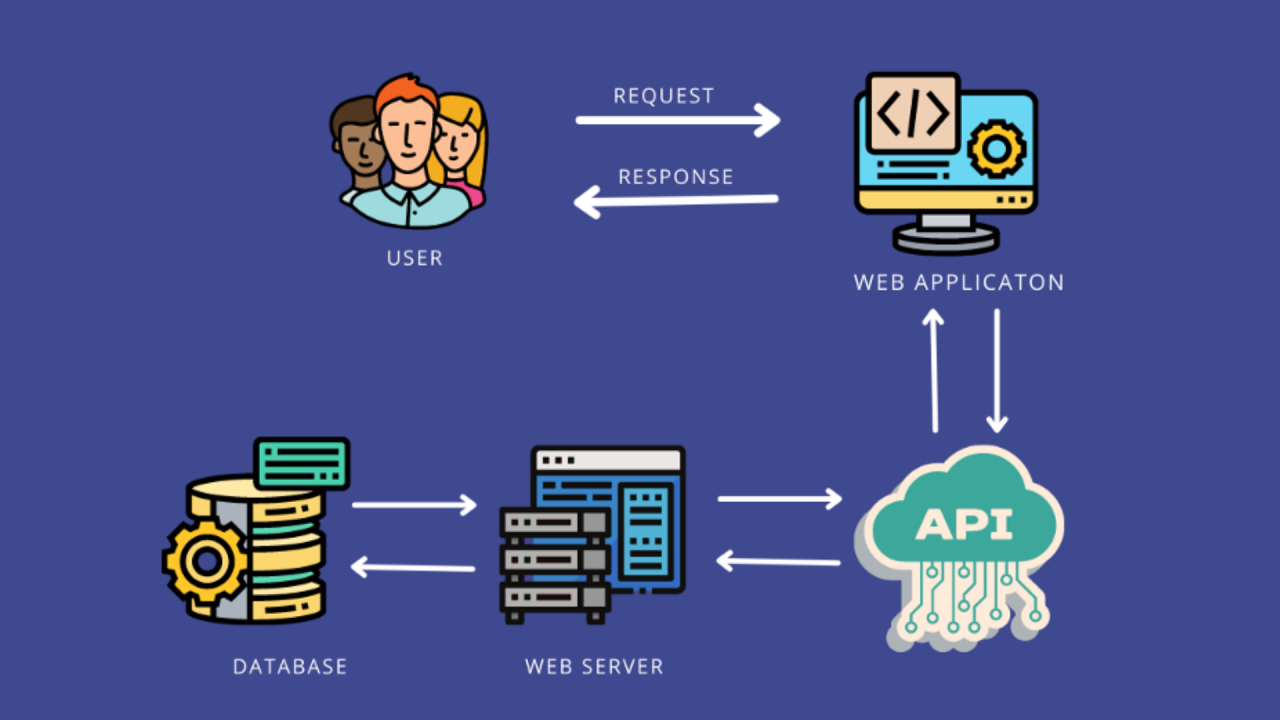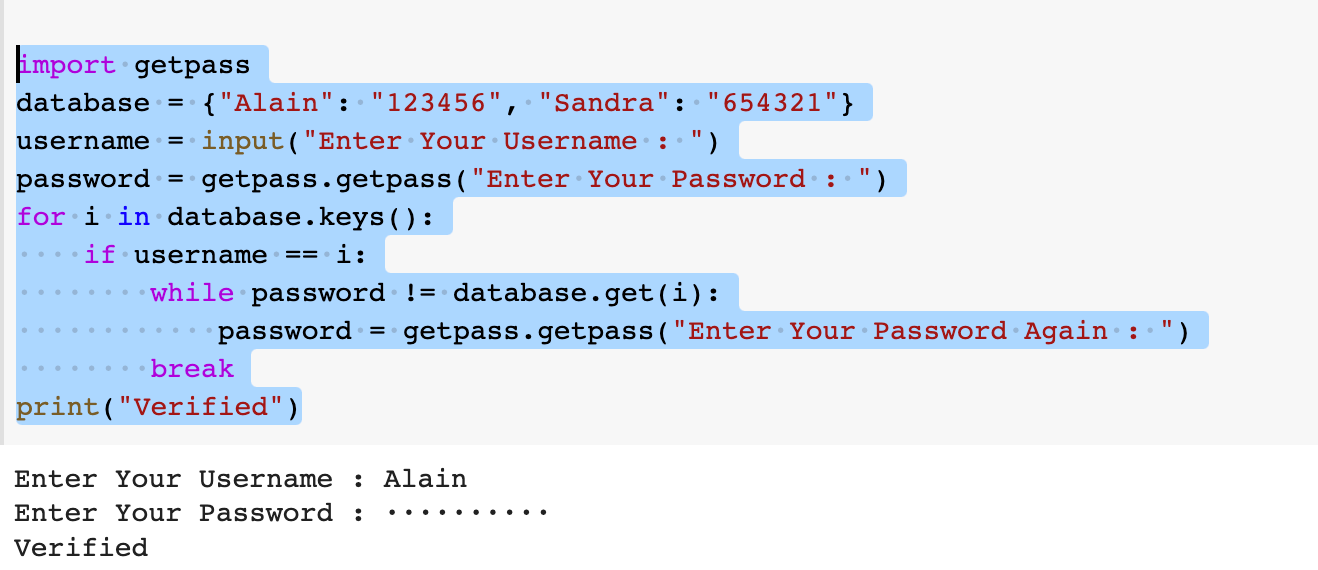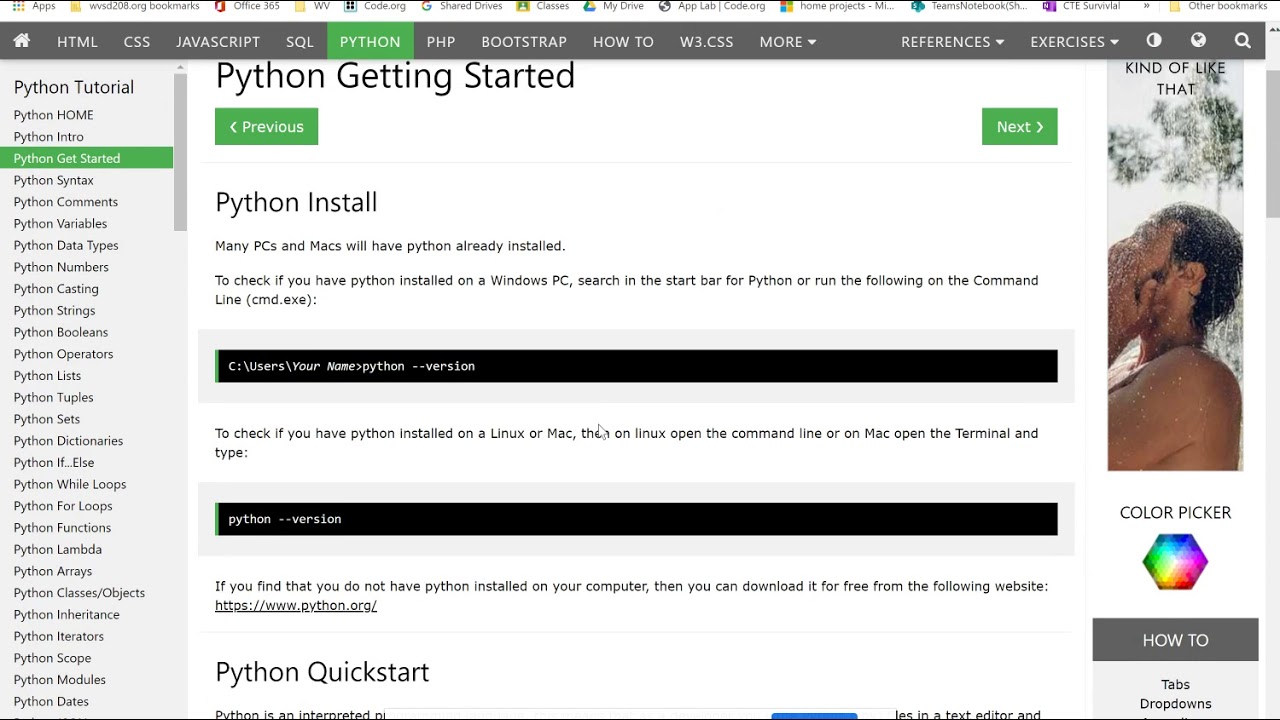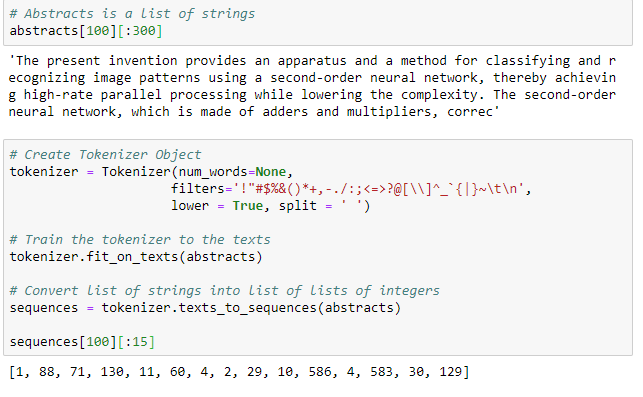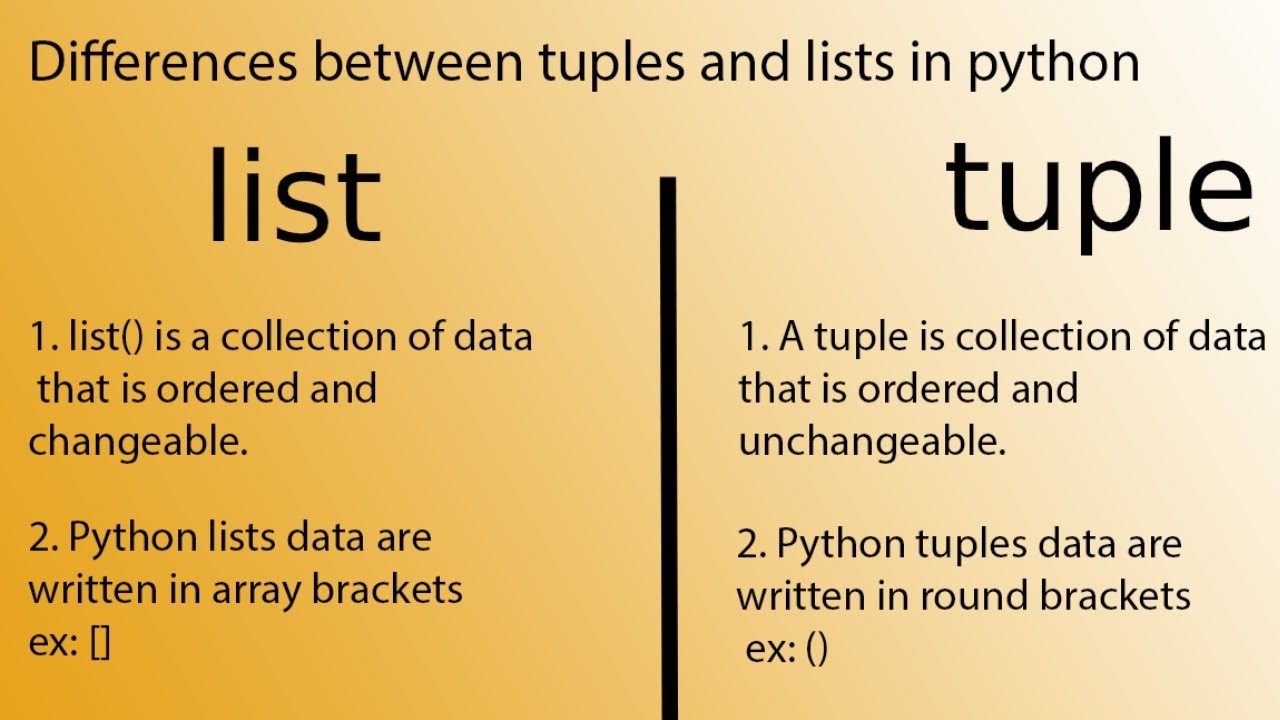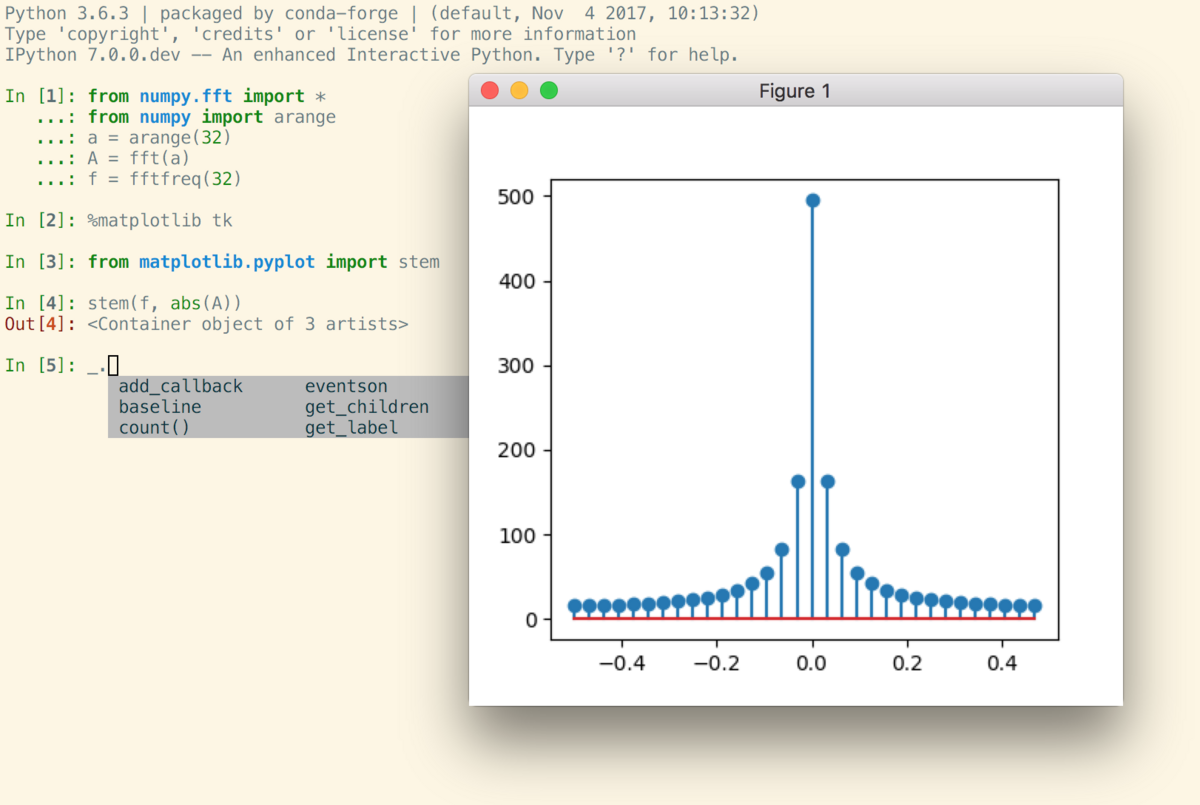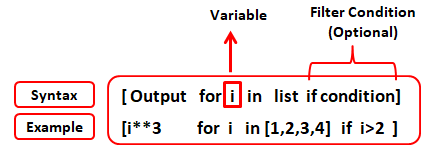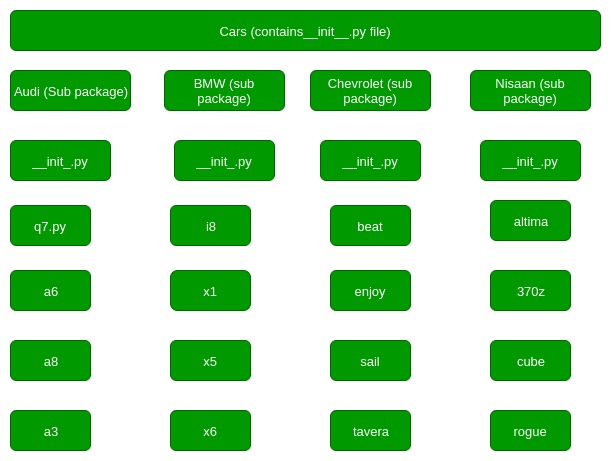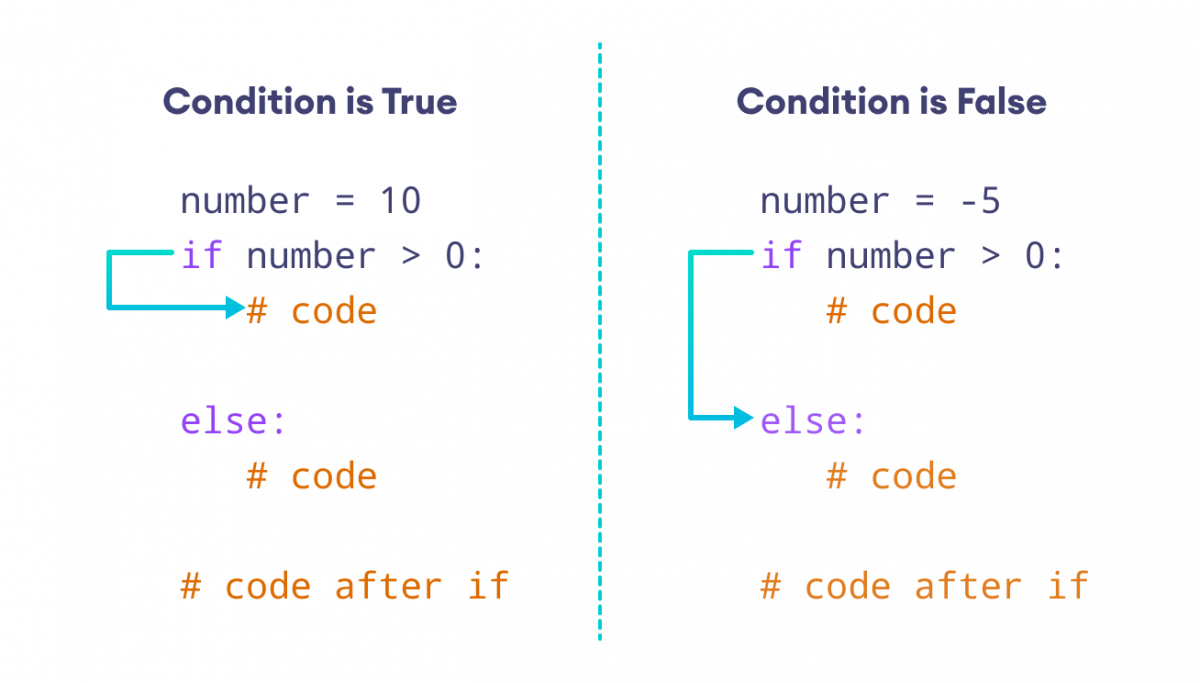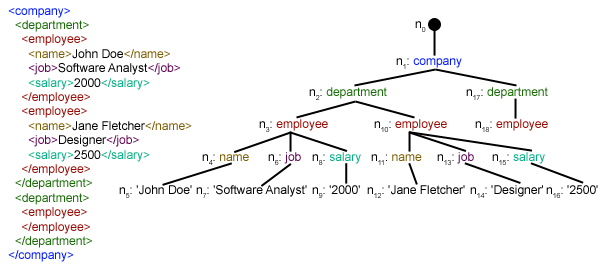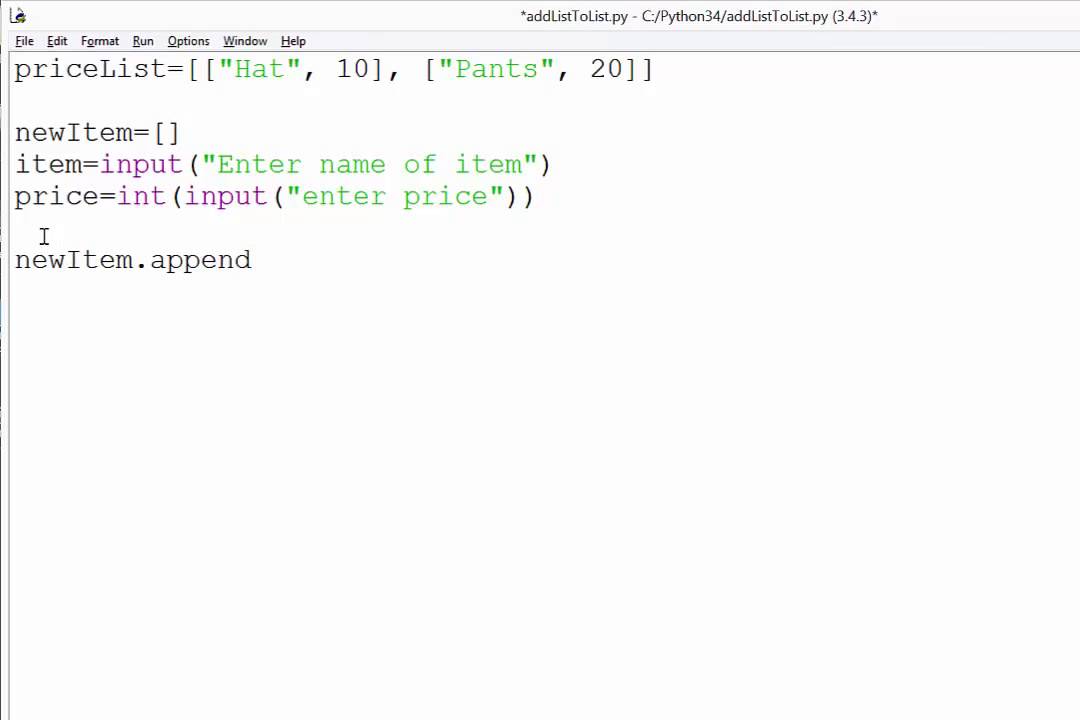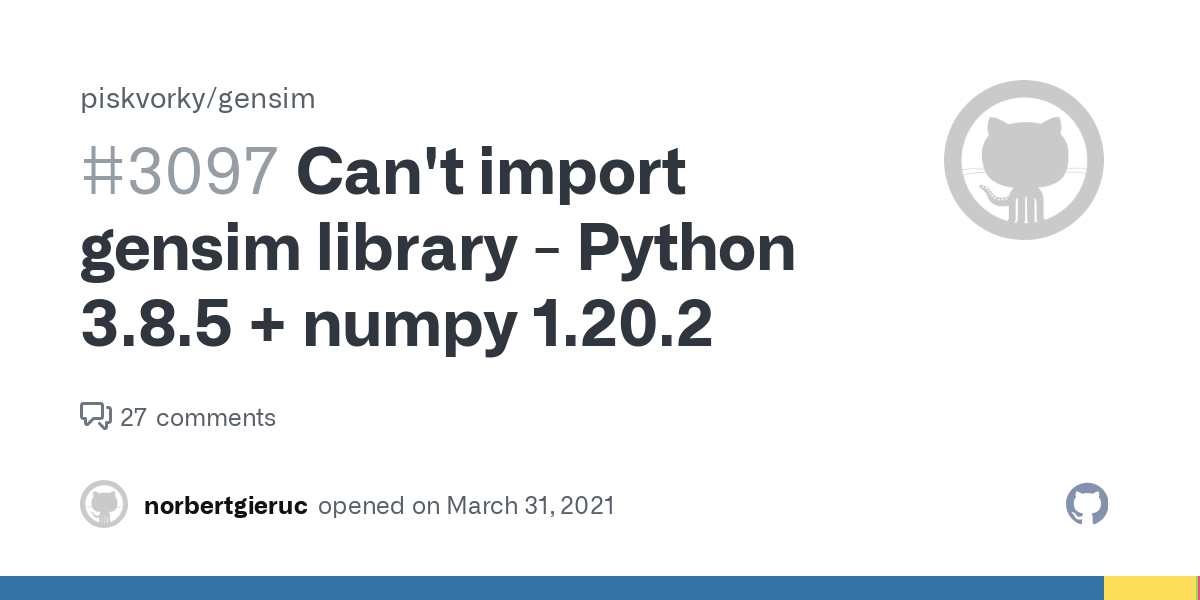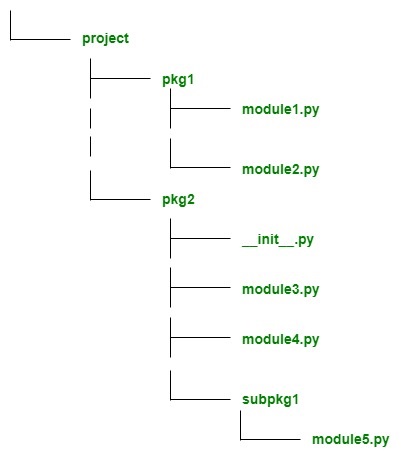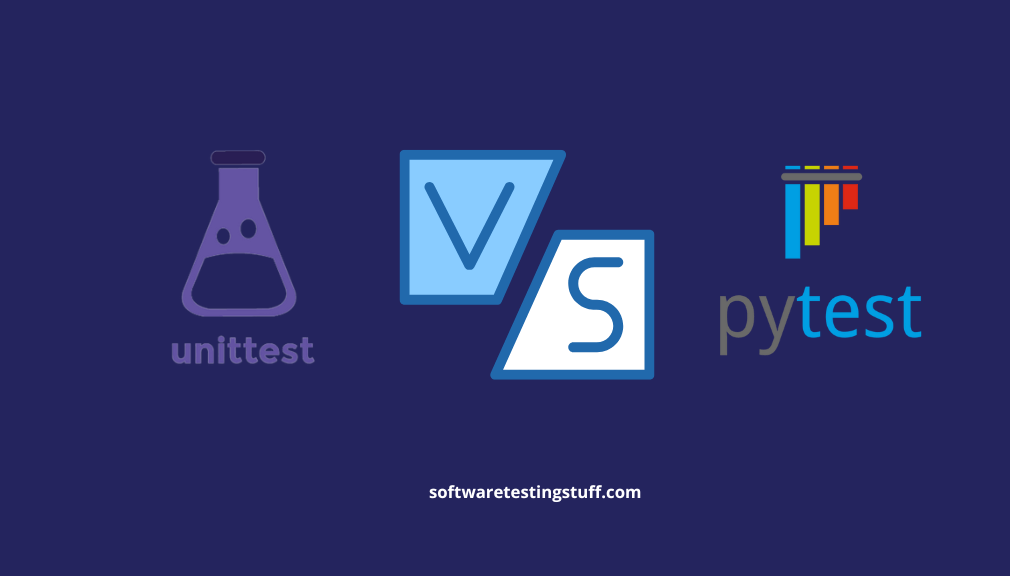How to test Python function using pytest?
How to test Python function using pytest?
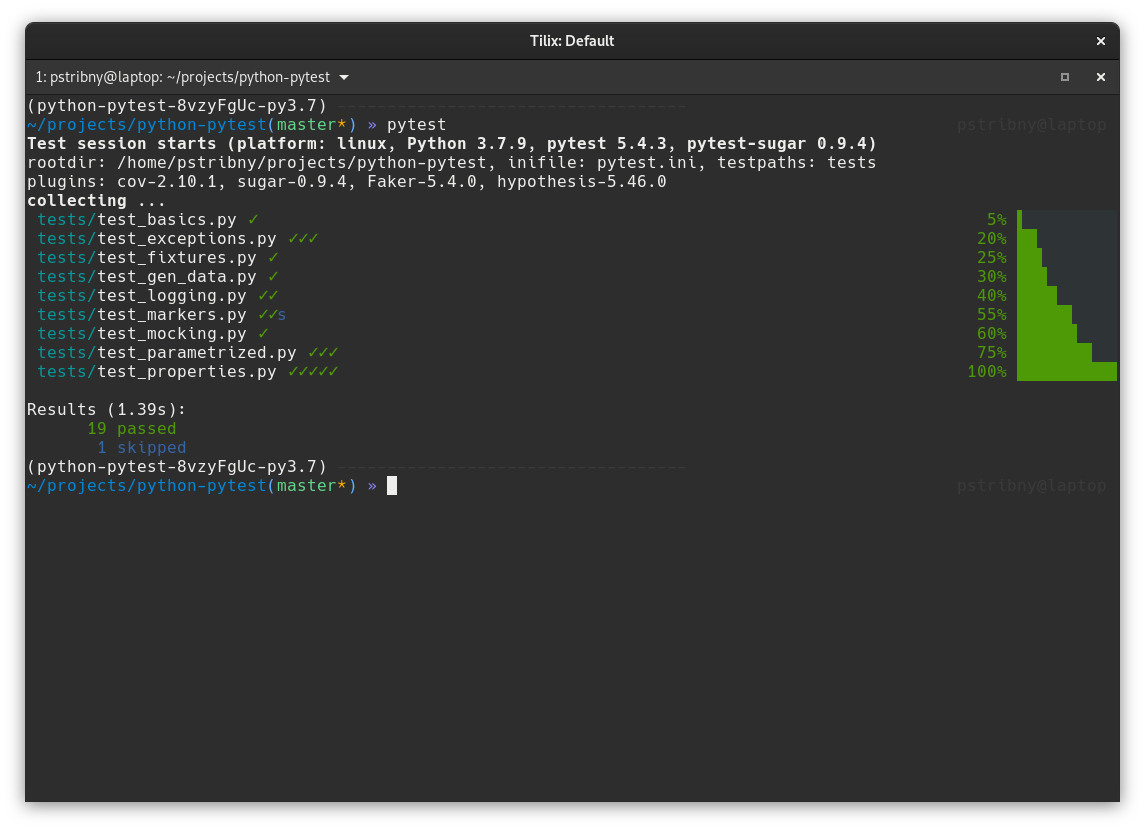
pytest is a popular testing framework for Python that allows you to write tests for your code in a simple and straightforward way. Here's how you can use pytest to test your Python functions:
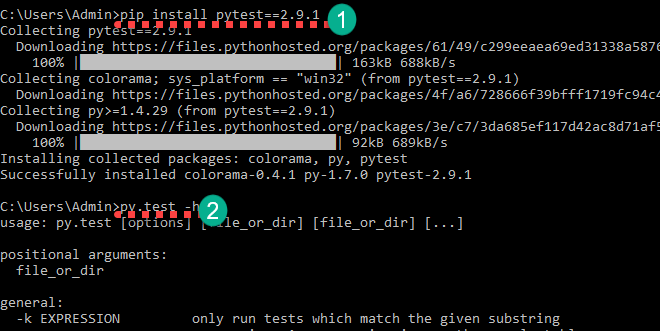
Installing pytest
You can install pytest using pip, the Python package manager:
pip install pytest
Writing tests with pytest
To start writing tests, create a new file in your project directory (e.g., test_your_function.py) and import pytest:
import pytest
Next, write test functions that call the function you want to test and verify its behavior using assertions. For example, let's say you have a simple Python function called add_numbers that takes two arguments and returns their sum:
# your_function.py
def add_numbers(a, b):
return a + b
To test this function using pytest, you would write the following test function:
# test_your_function.py
import pytest
@pytest.mark.parametrize("a, b, expected", [
(1, 2, 3),
(3, 4, 7),
(5, 0, 5)
])
def test_add_numbers(a, b, expected):
assert add_numbers(a, b) == expected
In this example:
We use the@pytest.mark.parametrize decorator to define a parameterized test. This allows us to run the same test function multiple times with different inputs. The test_add_numbers function calls the add_numbers function and asserts that the result is equal to the expected value using the assert statement. We provide three sets of input values, along with their expected results.
To run your tests, simply execute the following command in your terminal:
pytest test_your_function.py
Pytest will automatically discover and run all tests defined in the file. You'll see the test output, which includes a summary of the test results, including any failures or errors.
Test discovery
One of the best features of pytest is its ability to discover tests automatically. When you run pytest from your project root directory, it will search for files named test_*.py and execute their contents as tests.
For example, if you have multiple test files in different directories (e.g., tests/test_user.py, tests/test_payment.py), pytest will find and run them all without needing to specify each file individually.
Test fixtures
Fixtures are setup/teardown functions that can be used to create a specific environment or state for your tests. In pytest, you can define fixtures using the @pytest.fixture decorator:
@pytest.fixture
def setup_test_data():
perform some setup operations here
return some_test_data
You can then use this fixture in your test functions by passing it as an argument:
def test_your_function(setup_test_data):
use the setup data to test your function
assert add_numbers(1, 2) == 3
Pytest will automatically call the setup_test_data function before running each test that uses it. You can also define teardown fixtures using the @pytest.fixture(teardown=True) decorator.
Mocking dependencies
When testing Python functions, you often need to mock out dependencies or external services to isolate your code and ensure predictable behavior. Pytest provides several ways to do this:
Mox: A popular mocking library for Python that allows you to create mock objects and verify their interactions. Pytest-mock: A pytest plugin that provides built-in support for mocking and stubbing dependencies. Requests-mock: A pytest plugin that allows you to mock out HTTP requests and responses.These libraries provide a wide range of features and customization options, allowing you to tailor your testing environment to your specific needs.
Conclusion
Pytest is a powerful and flexible testing framework for Python that makes it easy to write and run tests. With its support for parameterized tests, fixtures, and mocking dependencies, pytest can help you ensure the reliability and correctness of your code. By following best practices in test-driven development (TDD) and using tools like pytest, you can improve the overall quality and maintainability of your software projects.
How do I run pytest in Python?

I'm glad you're excited to learn about testing your Python code using Pytest!
To run Pytest, you'll need to have it installed first. You can install Pytest using pip:
pip install pytest
Once installed, you can use the pytest command in your terminal or command prompt to run your tests.
Here are some basic ways to run Pytest:
Running a specific test file: To run all the tests in a specific file, navigate to the directory containing that file and type: pytest .py
For example, if you have a file named test_mymodule.py in your current working directory, you can run it by typing:
pytest test_mymodule.py
pytest
-k option followed by the test name:
pytest -k .py
For example:
pytest -k "test_my_function" test_mymodule.py
-k option with a pattern to run all tests that match it. This is particularly useful when you have a lot of similar test names and want to run only the ones related to a specific feature or module:
pytest -k .py
pytest-cov for coverage analysis) or modifying the test environment.
Some examples of how you can modify your testing experience:
Run tests in a separate process: This can help you avoid affecting the system state while testing: pytest -n
For example, to run 4 processes concurrently:
pytest -n 4
os and sys modules to customize your testing environment: Changing the working directory: Use the chdir function from os to change the current working directory:
import os
os.chdir(<new_directory>)
os.environ and sys modules to modify or check environment variables.
For example, you might want to set a variable for your test suite to differentiate it from your production code:
import os
import sys
Set a custom test environment variable
os.environ['TEST_ENV'] = 'unittest'
Check if the test environment is active
if sys.env.get('TEST_ENV') == 'unittest':
print("We're running our unit tests!")
Remember that Pytest offers many more features and options for customizing your testing experience. Be sure to explore its documentation and examples to learn more!
